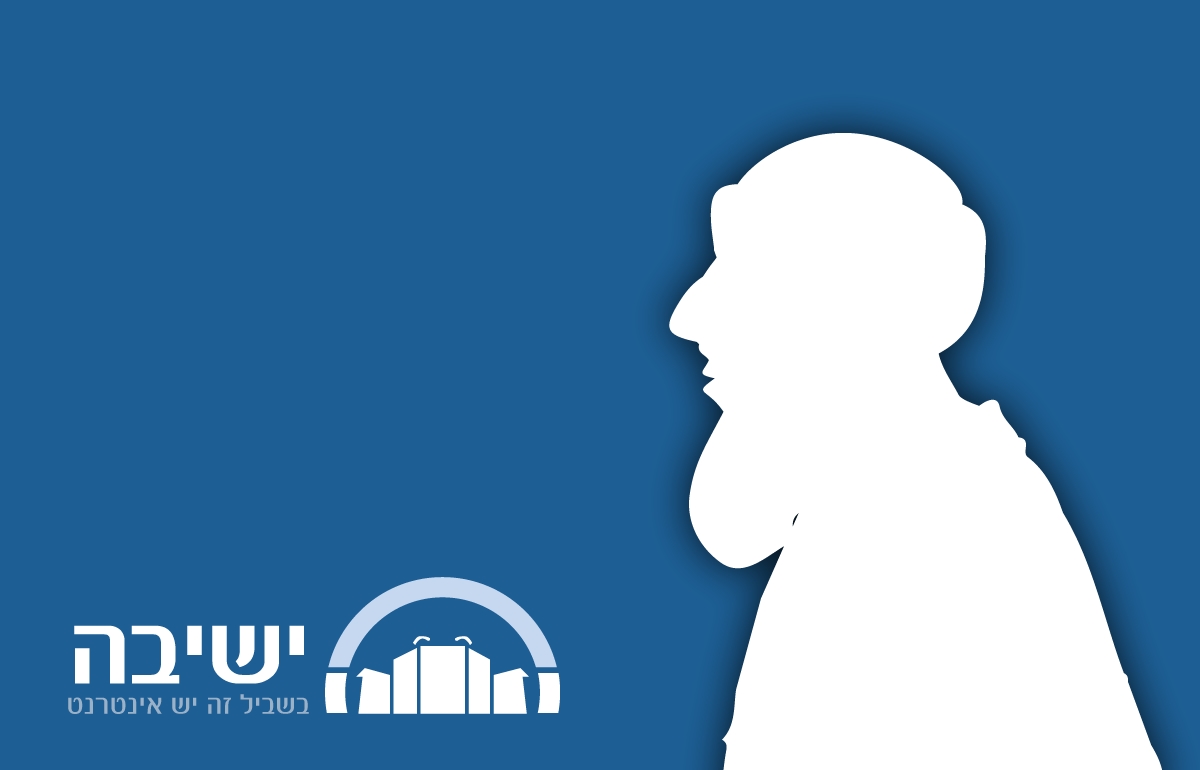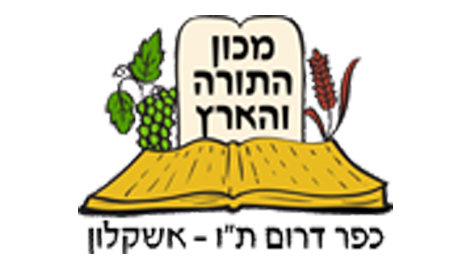Ask the Rabbi
- Torah and Jewish Thought
- Observing Mitzvot & Repentence
- Principles of Mitzva Observance
Question
What is the deeper significance of the Tallit & Tzitzis?
Answer
Part of the deeper understanding is as follows, in a nutshell: the Talit cloth itself must be woven out of many individual strings, which together, complete an entire garment. The garment then is complimented on its 4 corners (symbolizing the 4 directions, i.e. branching out), with many additional unwoven individual strings. This stresses the interaction and relationship between the importance of the individual and the collective, where the great complete collective is really constructed of many individuals combined. This understanding is basic regarding the importance of each individual mitzvah and even every letter and its interaction with the entire Torah, where if even one letter is missing, the Torah isn't kosher, but also the general ideas and all-inclusive unity of Judaism, are no less important than the individual actions. Similarly, the relationship of each Jew and the Nation of Israel, etc., etc. The strings are called Tzitzit which literally means "hairs" where also, the beauty of hair is appreciated only when arranged and combed as a collective, "tiferet". The numerical value of Tzitzit is 600 (90+10+90+10+400), and then 5 knots and 8 strings on each corner= the 613 mitzvot. That's what's written there "and you shall see them (the tzitzit) and remember all of the mitzvot of God, and do them (all)." The sky-blue thread which should be there, represents the color of heaven, where we figuratively imagine God, as well as the greyish connotation of His eternal infinity.

Bal Tshuva without Negia
Rabbi Chaim Tabasky | 27 Iyyar 5767

Mitzvot Lo Taaseh
Rabbi Chaim Tabasky | 22 Iyyar 5765

sabbath
Rabbi David Sperling | Iyyar 18, 5781




